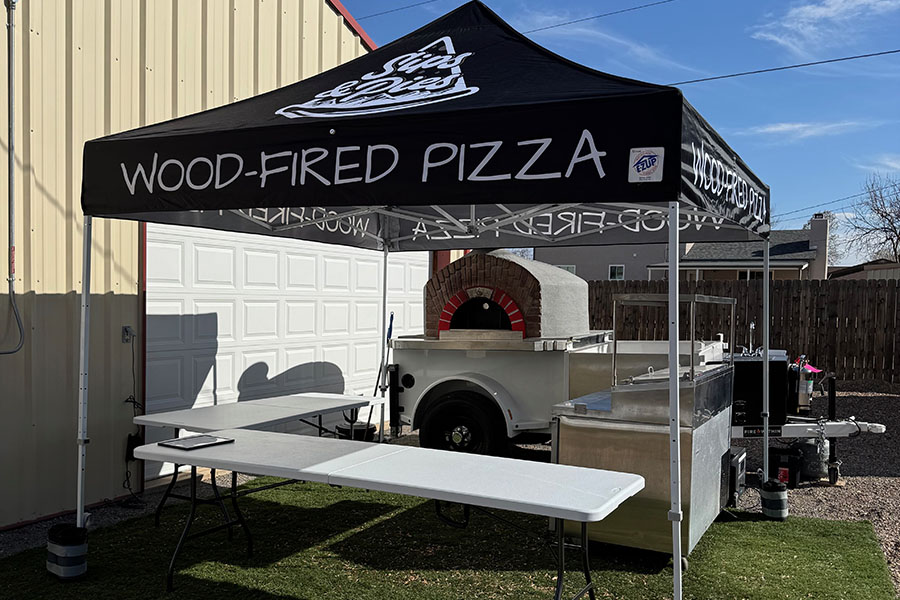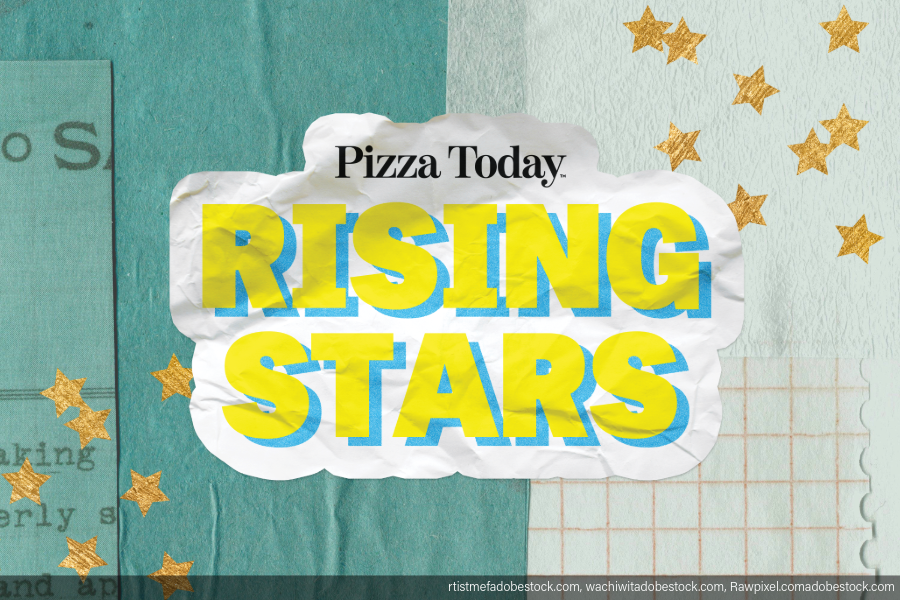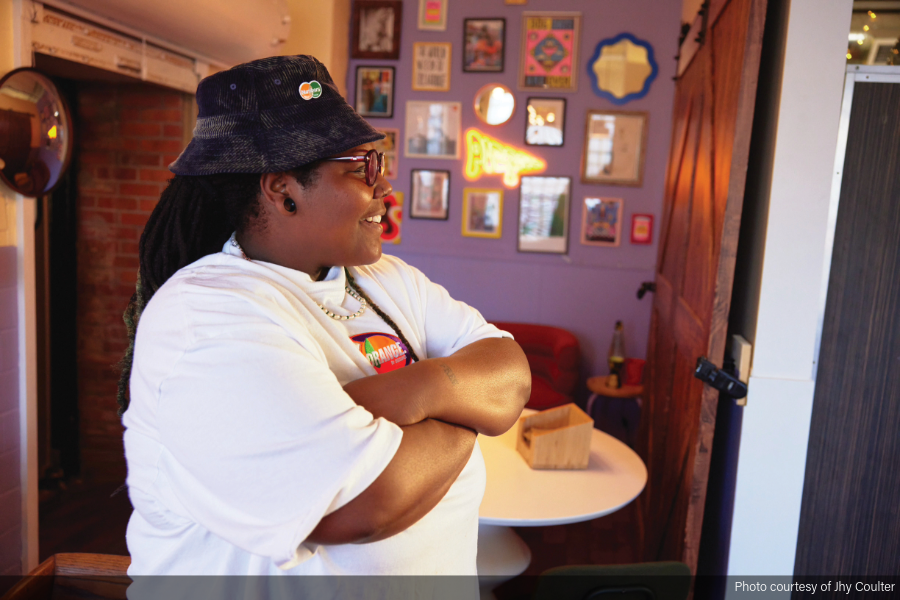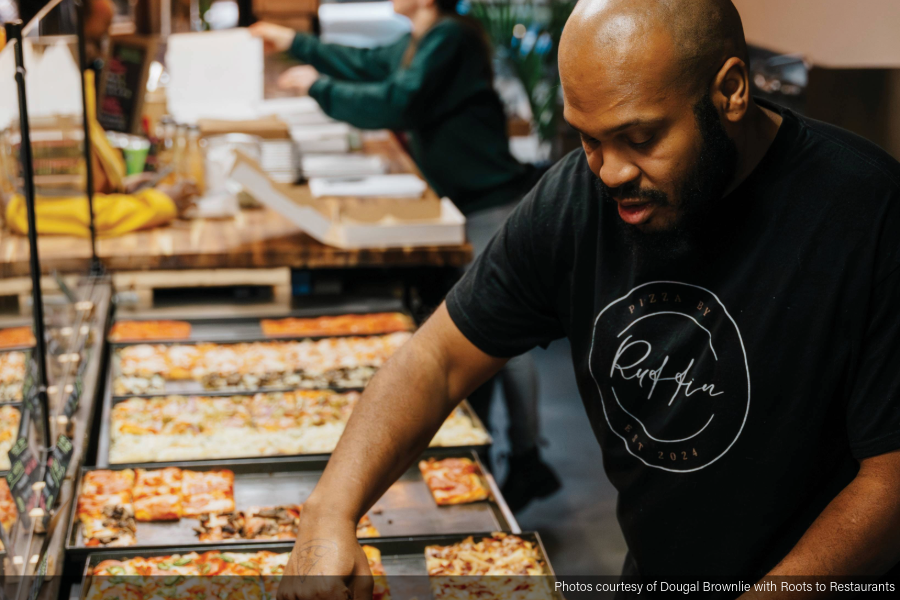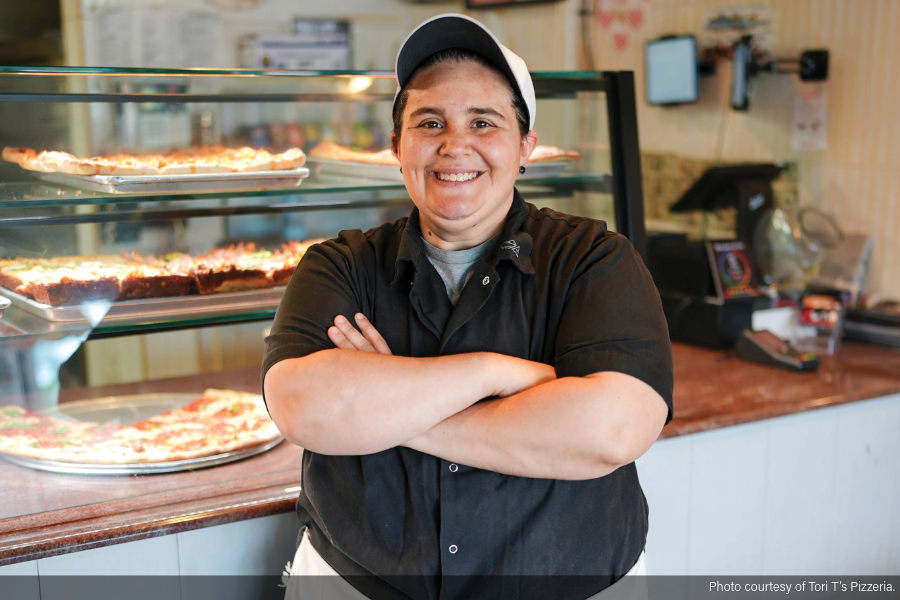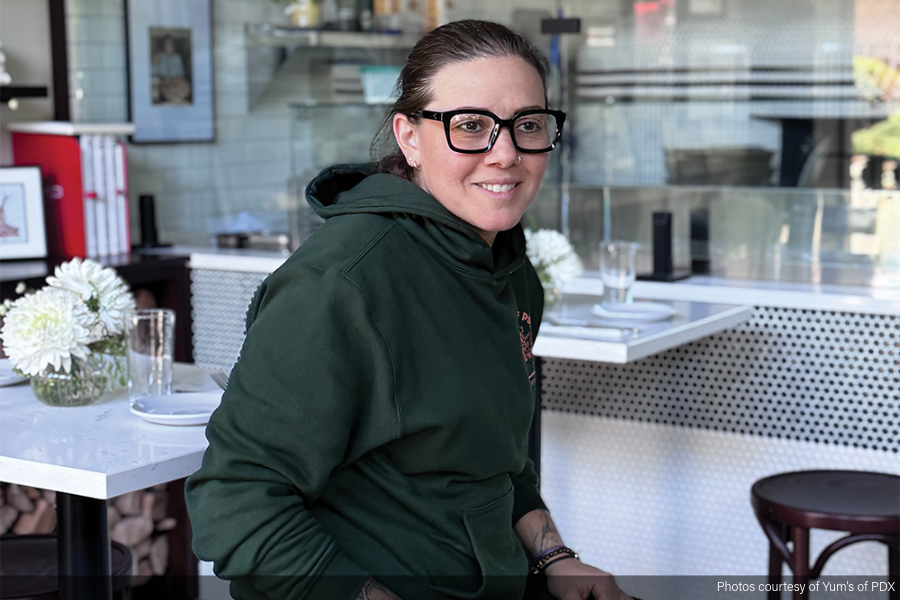 Business banking: It’s all about relationships
Business banking: It’s all about relationships
No one needs to convince Jeff Janik, owner of the two-store Milton’s Pizza & Pasta enterprise in Raleigh, North Carolina, about the importance of banking relationships.
From his store managers’ daily cash deposits to the loans he’s secured over the last 31 years to grow Milton’s, Janik knows a seamless, strategic alliance with the bank simplifies life and business.
“These relationships are vital … and there’s a particular ease when you know these people on a personal level,” Janik says, quickly recalling how a brief call to his bank instantly resolved a recent error with his electronically deducted rent payment.
“When you’re just another brick in the wall for someone, you won’t get the attention you need when you need it,” Janik adds.
To run fluidly, pizzerias need strong relationships with banks. In the start-up mode, pizzerias require initial funding; as the restaurant matures and grows, many need banks to store cash, decode the ever-changing regulatory environment and provide capital for remodeling projects, expansions or ongoing operations. Having a personal relationship with the bank often creates more favorable terms, greater access to products and more streamlined, responsive interactions.
“A strong relationship breeds more options and more possibilities,” says Doug Cullinan, vice president of Georgia-based Cornerstone Bank. “When your bank understands you, it’s a lot easier to grow and achieve success.”
And in today’s enterprising, post-recession environment, the business-bank relationship is perhaps even more critical.
For many restaurant operators, banks seemed more antagonist than ally during the recession, particularly as many operators faced declining credit worthiness amid rising costs and falling revenues.
In September 2010, the Small Business Jobs Act provided much-needed momentum. The new legislation extended favorable loan provisions with the Small Business Administration (SBA) and approved $12 billion in lending support and additional tax cuts. While the traditional SBA loan offered the bank a 75-percent guarantee, the Small Business Jobs Act pushed that to 90 percent for the remainder of 2010, which limited banks’ risk with SBA loans and sparked small business lending.
“Both banks and borrowers were incentivized to move together,” Cullinan says.
While the Small Business Jobs Act’s incentives were intentionally short-lived, the legislation nevertheless compelled banks to reengage small businesses, restoring a comfort level that had eroded during the recession. Slowly, the availability of SBA loans and banks’ general responsiveness to the plight of small businesses improved.
“Banks realized they had an important role to play in helping small businesses … and that they couldn’t blackball everyone because of sluggish numbers,” says Craig Calafati, executive vice president of business development with Salt Lake City-based Celtic Bank, one of the nation’s largest SBA lenders.
Today, banks have intensified their competitive drive, fighting each other for business with cold calls to prospective borrowers and aggressive promotions to secure a small business’ basic banking needs.
Yet even as the pendulum swings in the direction of small business, the one-on-one connection pizzeria owners have with their banks remains vital if they want to capitalize on a brighter banking climate and minimize headaches.
Here are four ways pizzeria owners can develop and maintain a steady relationship with their bank:
• Build the relationship early. Janik suggests building a relationship with the bank with casual conversations and simple transactions — swapping $50 bills for $5s and $1s or opening a business checking account. This, he says, allows owners to meet staff and learn about the bank and its philosophy, knowing that the pizzeria might someday need the bank’s support or special assistance.
“When you do this at three or four different banks, you’ll gain a positive feeling for some over others,” Janik says.
• Know your needs and embrace options. For his daily cash deposits and the cash he needs for his register, Janik favors proximity. On the lending front, however, it’s comfort. Over the years, Janik has nurtured relationships with several different banks, understanding that personnel will change and that a bank’s responsiveness to particular deals will ebb and flow. Knowing his specific needs guides his decision-making.
“I know that what it looks like today might not be what it looks like tomorrow, which is why I prefer having ongoing relationships with various banks,” Janik says.
• Establish two-way communication. Calafati says business owners and banks should maintain regular contact with each other. The consistent two-way communication fosters an open relationship and frequently allows owners to secure the most beneficial products and terms available.
“Give your bank a heads up to things you might need down the road,” Calafati says, adding that the bank can then monitor potential programs or terms and, later, as specific plans materialize, the parties can discuss specifics — what’s available, the timing and the assistance the bank can lend, such as reviewing contractors.
• Continue to perform. On the front end, Cullinan champions a well-developed business plan, which inspires confidence and helps him see the pizzeria as a customer worth helping.
“I don’t want someone coming to me who has done no planning,” Cullinan admits.
Thereafter, restaurant owners need to continue running a credible operation by paying bills on time, providing financial updates upon request and alerting the bank to any relevant developments.
“Keep being a professional and banks will want to help you,” Cullinan says.
Tip: Technology’s influence in the banking space
As in virtually every other corner of American life, technology has thrust its way into the banking environment touting ease and efficiencies.
On the daily banking side, online banking is perhaps the most notable and widely accessible development. With online banking, business owners can enjoy 24/7 access to accounts, quickly transfer funds between accounts, pay bills electronically and even push transaction information to accounting software.
Thanks to the digital age, operators are also capturing efficiencies as credit card purchases increase. For instance, a pizzeria can have MasterCard, Visa and American Express purchases automatically directed to separate bank accounts.
Technology has also opened opportunity in the lending world. BoeFly.com and Biz2Credit.com are just two of the many online matchmaking services where borrowers and lenders throughout the nation can connect in a more competitive, transparent environment.
Chicago-based writer Daniel P. Smith has covered business issues and best practices for a variety of trade publications, newspapers and magazines.

 Business banking: It’s all about relationships
Business banking: It’s all about relationships